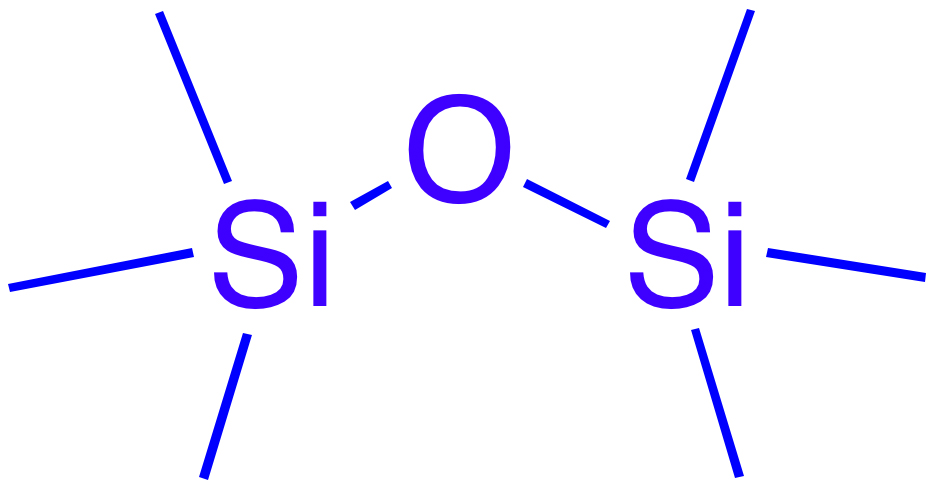Searching for a new, flexible, photo-reactive material for 3D printing, researchers at Case Western Reserve University (CWRU), Ohio, and Mapúa Institute of Technology in the Philippines, have released a study detailing the properties of a resin containing silicone molecules.
The resulting material exhibits unique properties otherwise unavailable in typical resins, opening up the potential for new applications in SLA 3D printing.
Finely-tuned resin performance
Common SLA resins are based on a methacrylate compound. When cured, this material becomes tough, rigid and water-resistant to points which are unsuitable for every possible application. In some cases, it would be preferable to fine tune these properties to, for example, reduce water-resistance but retain rigidity and toughness. Examples of this are in the creation of molds, or microfludic chips that need to encourage the flow of water but also retain shape.

Material properties can be tuned by using other substances as additives. In this study, researchers examine the combination of methacrylate resin and siloxane – silicone/oxygen molecules that form the backbone of silicone. As active molecules, siloxanes are often used to make lubricants and sealants, and positively impact the solubility, diffusivity (i.e. of heat) and permeability of a material.
Putting the material to the test
Once produced, the silicone resin is used to make a variety of objects designed to test the physical, thermal, mechanical, and surface capabilities of the material. A hollow cube, for example, is used measure how the material behaves when compressed. Whereas complex “football” and woven icosahedrons are used to detect discrepancies between standard methacrylate resin and the silicone infused equivalent.

After these tests, conclusions are drawn determining that the addition of silicone does not affect the printability of the material. Unique physicochemical, thermomechanical, and surface energy properties are also identified, creating new potential for the resin’s use.
Silicone in 3D printing
Silicone is also a key ingredient in research from the McAlpine Research Group at the University of Minnesota, that uses the material to 3D print sensors onto fingertips. By using a co-polymer support the University of Florida is another institution looking at the direct writing of silicone, as is German chemical giant WACKER CHEMIE.
Facile Preparation of Photocurable Siloxane Composite for 3D Printing discussed in this article is published online in Macromolecular Materials and Engineering journal. It is co-authored by Jerome Palaganas, Al Christopher de Leon, Joey Mangadlao, Napolabel Palaganas, Andrea Mael, Yan Jie Lee, Hor Yian Lai and Rigoberto Advincula.
Materials research at CWRU also includes the development of a TPU, PLA, and graphene oxide filament for FDM 3D printing. The “Economic Production of Next Generation Orthopedic Materials through Powder Reuse in AM” group at the university is also one recipient of funding from the America Makes 3D printing initiative.
Featured image: Graphic from Case Western Reserve University’s Macromolecular Science and Engineering program. Image via engineering.case.edu



